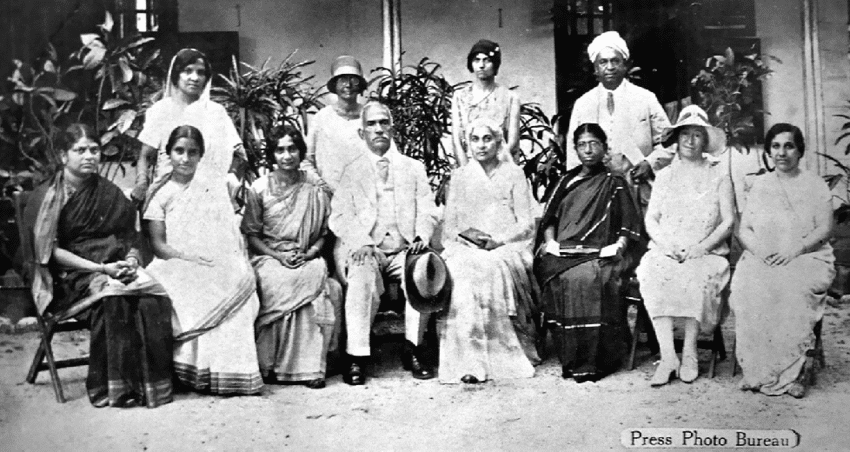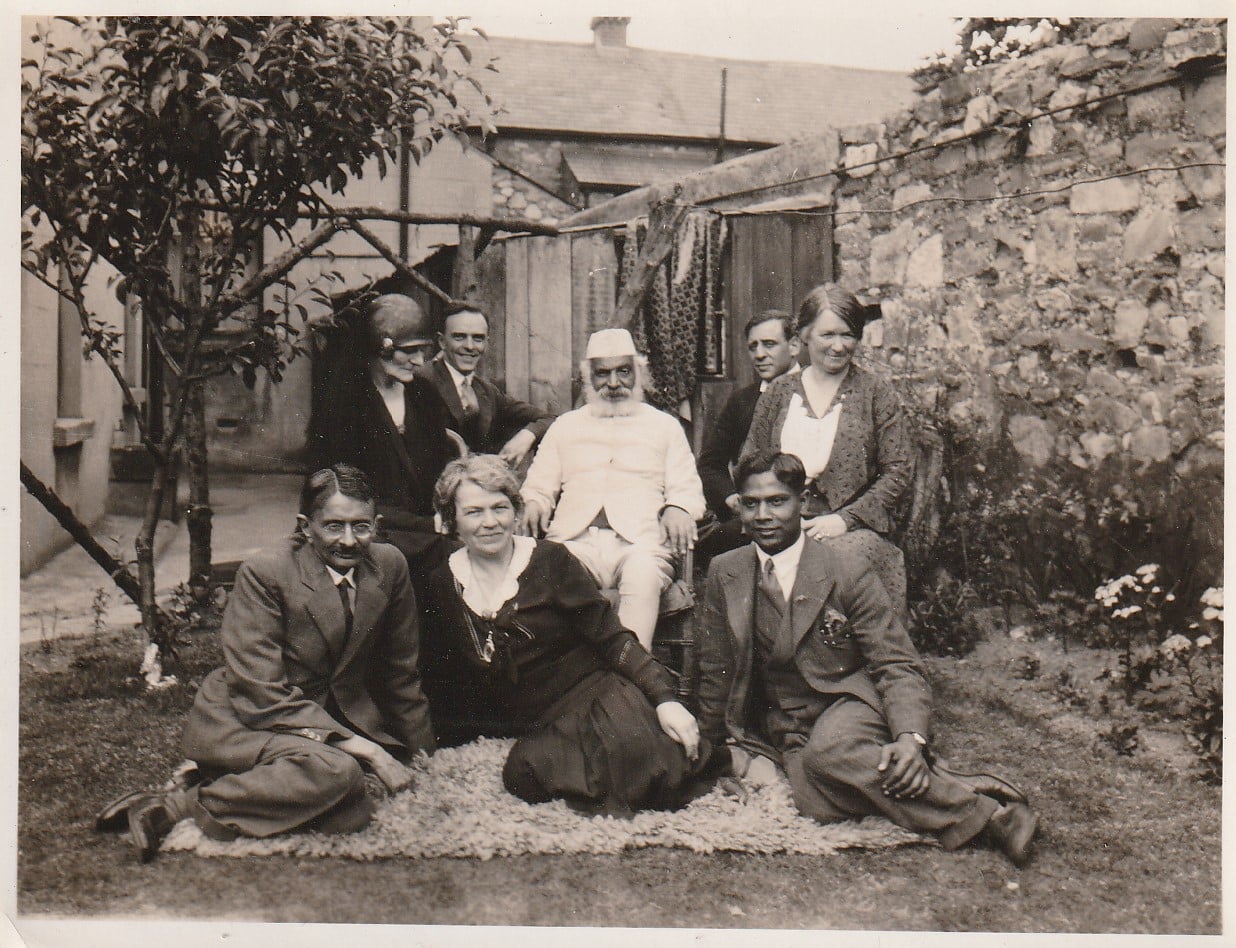

Looking East: Ireland + India
EPIC The Irish Emigration Museum is pleased to present Looking East, a multimedia exhibition exploring three centuries of connection between Ireland and India.
Irish soldiers had a long and often violent record of service in India. While Irish civil servants played an important role in governing what was Britain’s largest colony. By the late 19th century, Irishmen ran seven of the eight provinces of British India. Yet Ireland and India also share an overlapping history of anti-colonial struggle. Just as Irish republicans like Éamon de Valera stressed the common cause of Ireland and India, Bengali freedom fighters drew comparisons between our colonial experiences.
The Indian diaspora today forms one of Ireland’s fastest-growing immigrant communities. However Indian migration to this country stretches back much further in time. Dean Mahomet, a young man born in Patna, published the first English-language book written by an Indian while living in Cork in the late 1700s. A century later, Mir Aulad Ali, a Muslim scholar from modern-day Uttar Pradesh, was appointed professor of Arabic, Hindustani and Persian at Trinity College Dublin.
Join us to discover little-known histories of migration and cultural exchange – stories of empire building and brutality, but also stories of solidarity and resistance.
Date: 19th July – 31st January 2025.
Times: 9am – 6:45pm (last entry 5pm)
Cost: Included as part of museum ticket.
Featured Stories
Women’s Rights
The Roscommon-born suffragette Margaret Cousins (1878–1954) moved to India in 1915. Bringing with her the campaigning skills she had honed as a co-founder of the Irish Women’s Franchise League. Two years later, Cousins established the Women’s Indian Association along with Dorothy Jinarajadasa and the Irish-descended Annie Besant. She and her comrades argued that India’s national development depended on female emancipation. Something that could only be achieved through girls’ schooling and the eradication of child marriage.
Unlike some European suffrage activists, Cousins developed equal relationships with Indian women and came to be a strident critic of British imperialism. She played an important role in organising the first All-India Women’s Conference in 1927, inaugurating a feminist coalition that operates to this day. In 1932, she was imprisoned for protesting colonial restrictions on freedom of speech and association. She received an Indian government award after independence in recognition of her contributions to the freedom struggle.

Cousins (front row, second right) at the annual general meeting of the Women’s Indian Association in 1930. Adyar Library Research Centre, Chennai, courtesy of Prof Jyoti Atwal.
Partnership
In July 1932, the Indian nationalist Vithalbhai Patel arrived in Dublin to discuss the potential establishment of an Irish campaign for Indian independence. Patel held talks with Éamon de Valera, the recently appointed head of the Irish government. Patel received a rapturous welcome at a meeting of the Irish branch of the League against Imperialism. Among the republicans introduced to him in Ireland were Maud Gonne MacBride and Molly Woods, who shortly after helped to found the Indian-Irish Independence League.
The objectives of the Indian-Irish Independence League were ‘to help by every means possible to secure the complete national, social and economic independence of Ireland and India’. To orchestrate ‘a complete boycott of British goods’, and to ‘spread the truth about the Indian struggle’. In 1936, the group hosted a visit to Ireland by Subhas Chandra Bose. A future president of the Indian National Congress, who was himself a keen student of Irish history.

A gathering of Irish and Indian activists in 1932, pictured at 131 Morehampton Road in Dublin, home of Molly Woods. Pictured at the back, left to right, are Maud Gonne MacBride, Sean MacBride, Vithalbhai Patel, Bob Briscoe and Molly Woods. At the front, left to right, are Bhuvan Lotwala, Dr C Lynch and Tripura Dey.
Courtesy of John Wright and Lal Wright, née Dey, with thanks to Dr Kate O’Malley.

Rabindranath Tagore, pictured c. 1917. Library of Congress. Prints and Photographs Division.
Literature
The Calcutta poet Rabindranath Tagore (1861–1941) was catapulted into stardom when he won the Nobel Prize in Literature in 1913. Among his most enthusiastic supporters was W.B. Yeats. Who described their introduction in London, in the summer of 1912, as ‘one of the great events of my artistic life’. The Dubliner was at the time reading a translation of Tagore’s Gitanjali, a collection of poems first composed in Bengali. In an introduction to the English version published that year by the India Society, he wrote that it had ‘stirred my blood as nothing has for years’.
In May 1913, Yeats had Dublin’s Abbey Theatre host the world premiere of Tagore’s The Post Office alongside a play written by Pádraig Pearse. Though their friendship later turned sour, the two writers had a significant influence on each other’s careers.

Private James Daly, who was executed for his role in a 1920 protest by the Connaught Rangers in India. Wikimedia Commons.
Mutiny
In June 1920, soldiers stationed at Jullundur in the Punjab laid down their arms in protest at the conduct of British troops in Ireland. The men were members of the Connaught Rangers, one of eight Irish infantry regiments of the British army. For many such recruits, the decision to enlist was driven more by financial need or family traditions than allegiance to an empire.
Their sympathies with the Irish nationalist cause, as well as poor relations with their officers, provided fertile ground for rebellion. The mutiny soon spread to a company of the Connaught Rangers stationed at Solon. Some 61 men were convicted for their involvement in the action, and 14 sentenced to death. James Daly, a 20-year-old from Westmeath, was ultimately the only soldier to be executed.

A NOTE FROM OUR CURATOR
“Looking East explores the multifaceted history of migration between Ireland and India – the migration of both people and ideas. Our exhibition draws on the growing body of scholarship looking at the Irish contribution to British colonialism in India, but it also traces the ways in which Irish and Indian nationalists supported and took inspiration from each other’s struggles. We are glad to be hosting this showcase as part of the 75th anniversary of diplomatic relations between our two countries.”
Dr Catherine Healy, Historian-in-Residence at EPIC The Irish Emigration Museum.
Visit the exhibition at EPIC
This exhibition will be on display at EPIC The Irish Emigration Museum. From 19th July to 31st January 2025, general museum admission tickets required (exhibition will be free to view from 19th July to 5th August).
This exhibition is supported by funding from the Government of Ireland through the Department of Foreign Affairs. Dr Jyoti Atwal (Jawaharlal Nehru University, New Delhi) was a consultant to the project.


